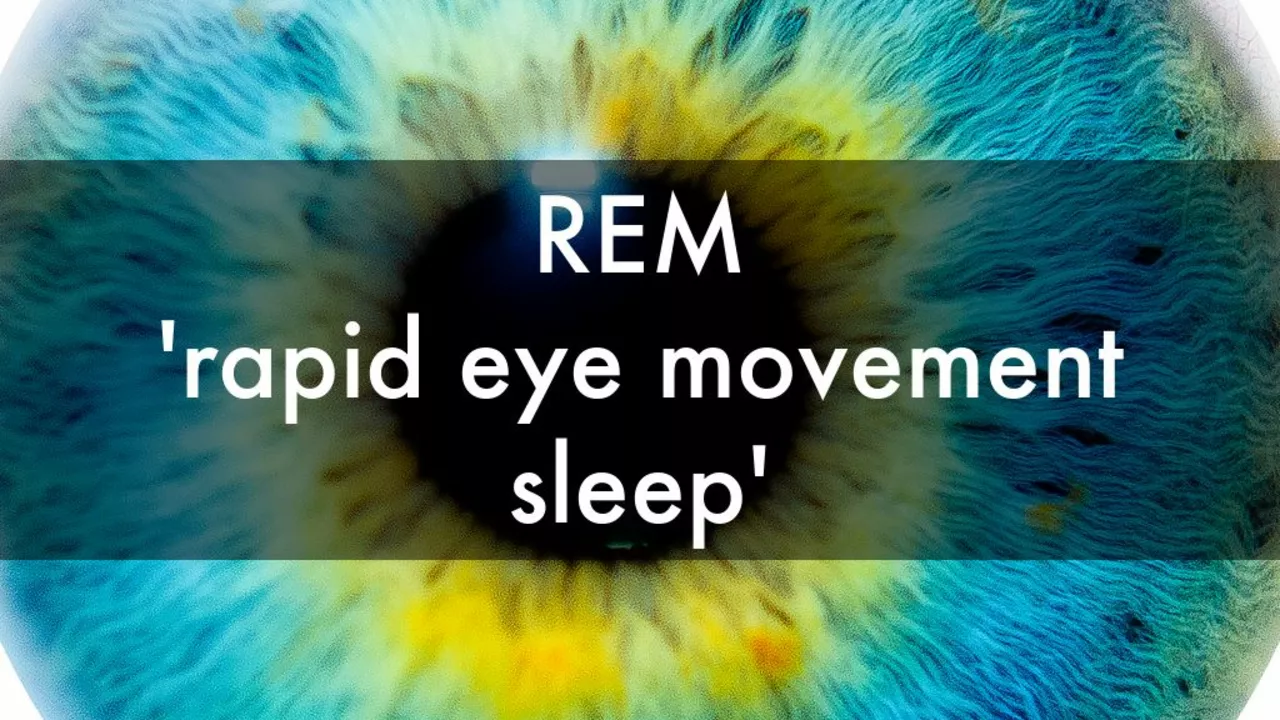Rapid Eye Movement Sleep: Why It Matters & How to Boost It
If you ever wake up remembering a vivid dream, thank rapid eye movement (REM) sleep. REM is the stage where most dreaming happens and where your brain does heavy‑duty work like memory sorting and mood balancing. Getting enough solid REM can make you think clearer, feel less stressed, and even improve physical recovery.
What Happens During REM?
During a typical 8‑hour night, you cycle through light sleep, deep sleep, and REM about every 90 minutes. The first REM period is short—maybe 10 minutes—but each later round gets longer, sometimes up to an hour. In this phase your brain activity spikes, heart rate speeds up, and eyes move quickly under the lid (hence the name). Your body stays mostly still, which stops you from acting out dreams.
Scientists say REM helps lock in what you learned during the day. Think of it as a night‑time filing system: facts, skills, emotions—all get sorted into the right shelves. Skipping enough REM can leave you foggy or moody, and long‑term lack may link to weight gain and weaker immune response.
How to Get More Quality REM
Here are three easy habits that boost your REM time without needing a fancy gadget:
- Keep a regular schedule. Going to bed and waking up at the same hour trains your internal clock. A consistent routine lets your body predict when REM should happen, so you get full cycles.
- Limit alcohol and heavy meals before bed. Both can cut REM short or push it later in the night. Try to finish dinner at least two hours early and keep drinks light.
- Create a dark, cool bedroom. Low light encourages melatonin, the hormone that signals sleep stages. Aim for 60‑67°F (16‑19°C) and block streetlights with curtains or a mask.
Another tip: give yourself enough total sleep. If you only get five hours, you’ll lose the later REM periods where most dreaming happens. Most adults need 7‑9 hours for full cycles.
If you struggle with insomnia or frequent awakenings, consider a short “wind‑down” routine—reading, gentle stretching, or breathing exercises. These calm the mind and make it easier to glide into deep sleep first, which sets up smoother REM later.
Lastly, track your sleep with a simple phone app or journal. Write down bedtime, wake time, and how you feel in the morning. Over a week you’ll see patterns—maybe a late night coffee is cutting your REM, or a weekend binge‑sleep helps you catch up.
Remember, REM isn’t just about crazy dreams; it’s a key part of mental health and learning. By tweaking bedtime habits, reducing alcohol, and keeping the room cool, you give your brain the chance to do its nightly housekeeping. Wake up feeling sharper, calmer, and ready for the day.

The Role of Rapid Eye Movement Sleep in Emotional Regulation
Jul, 21 2023
